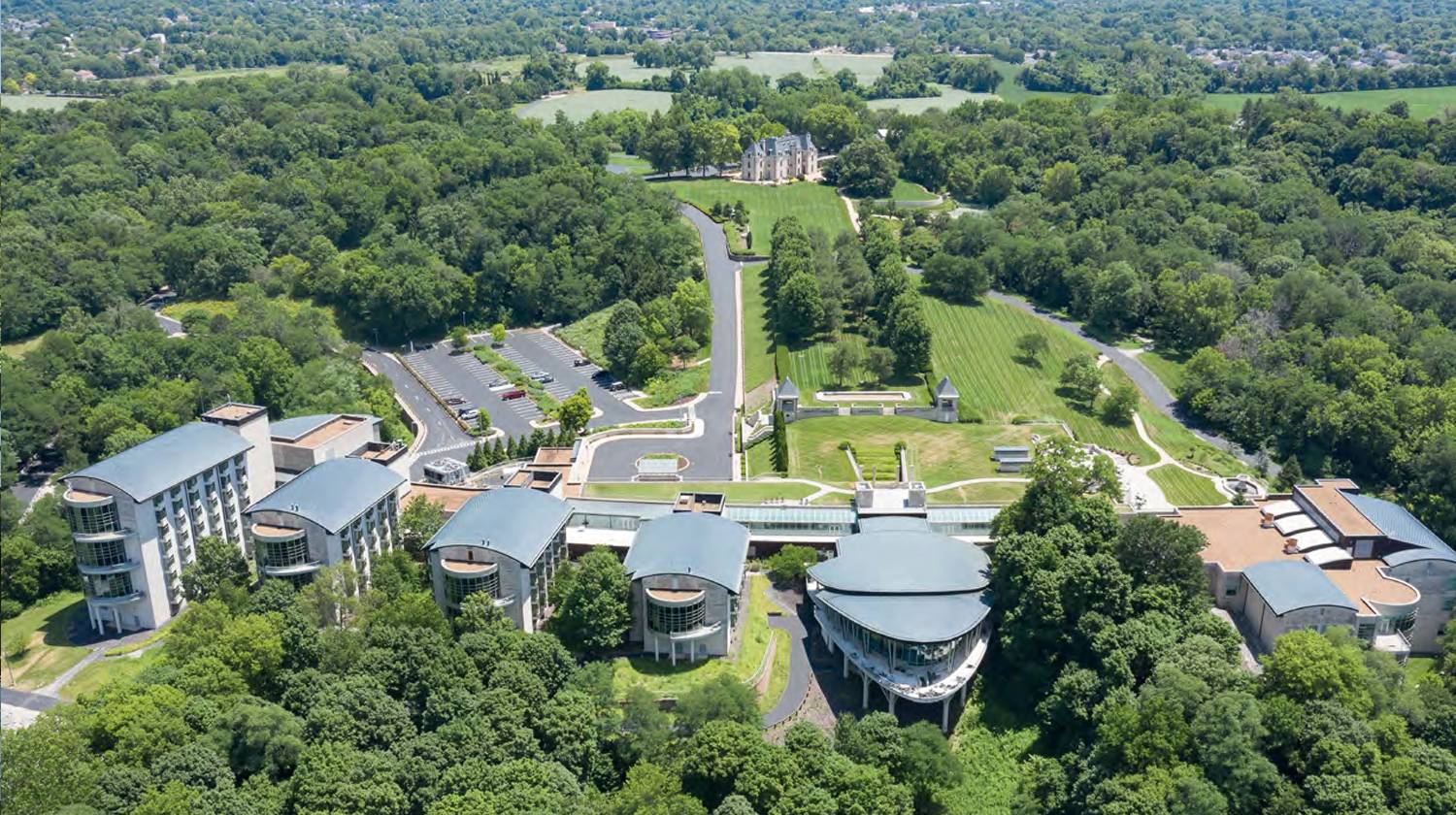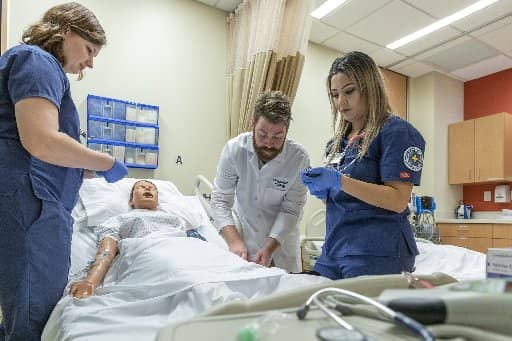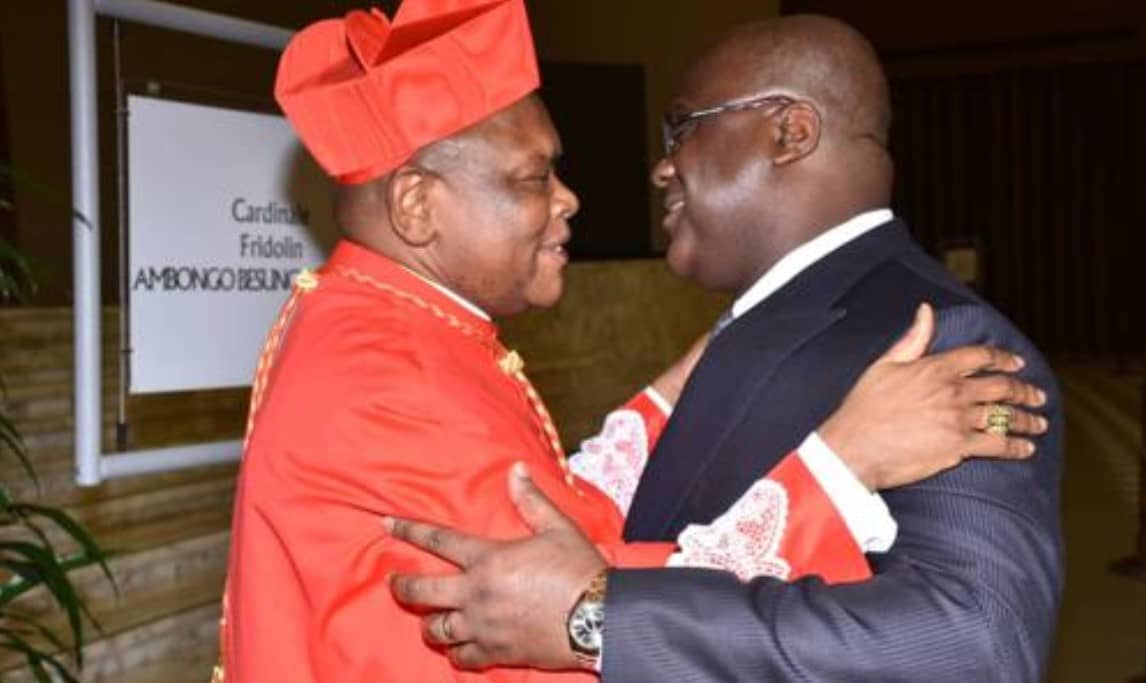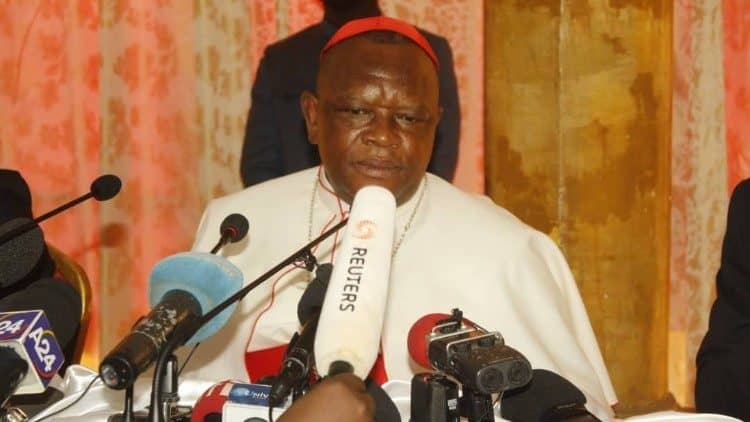NEW YORK – In response to the growing number of Hispanic Catholics in the United States, St. Mary’s Seminary in Baltimore will soon offer a specialized track where, at the recommendation of their diocese, a seminarian will focus the last four years of their priestly education on Hispanic ministry.
The seminary’s Specialized Track in Hispanic Ministry will launch this autumn. The plan isn’t for individual seminarians to apply to the program. Rather, dioceses will indicate one or more seminarians they want to participate in the program so they can jump right into Hispanic ministry when they return.
Monsignor Fredrik Hansen, an assistant professor of pastoral studies at St. Mary’s Seminary, who will lead the program, highlighted to Crux the importance of priests, particularly in a multicultural place like the United States having the ability to minister to different communities not just in language, but in understanding their pastoral realities and needs.
“It is the historical reality of the Church in the United States, always being this melting pot of various Catholic traditions and Catholic communities, with different languages, cultural and ethnic backgrounds, and that’s what most if not all seminarians will find in their parishes, that they are multicultural, and that’s why the program places an emphasis more broadly than just Spanish,” Hansen said.
“Everything needs to be considered to effectively minister, to understand, to meet people, and to recognize who they are and also what they expect from the Church, what they seek when they come to church,” Hansen continued.
St. Mary’s Seminary began discussing this type of program back in 2020, Hansen said. Those conversations were born out of various realities, the first being the increasing numbers of Hispanic Catholics in the United States, and the pastoral needs of that community.
Second, Hansen said, is the fact that Hispanic ministry requires more than just knowing the language – it also includes knowing the realities of Hispanic Catholics in the United States, the resources that are available, being familiar with their historical, social, and cultural backgrounds, as well as the religious traditions that vary from country to country.
The third element, Hansen said, is the realization that it’s often challenging for a man to find sufficient time to study Spanish and develop a broader capacity for Hispanic ministry after they’re ordained a priest.
“With those three as part of the background, our thinking here was to put together something that draws on what is out there of existing programs, of experiences, of lessons learned, and pulling it together, and allowing a seminarian during his last four years of seminary to put this specific focus on Hispanic ministry and enabling him thereby on the day of his priestly ordination to start Hispanic ministry either full time or part time,” Hansen explained.
The new track was created in collaboration with the Archdiocese of Baltimore, Maryland, and the Mexican American Catholic College in San Antonio, Texas. It also follows closely a 10-year Hispanic ministry plan adopted by the United States Conference of Catholic Bishops in 2023.
Hansen said St. Mary’s will begin to fill spots in the program over the summer. The program, he noted, is designed for both Hispanic seminarians and non-Hispanic seminarians.
“We have built the program in such a way that it will be equally useful, we think, for a Hispanic seminarian who may be fluent in Spanish, but should come to know, for example, the national plan of the USCCB on Hispanic ministry in the United States,” Hansen said.
“But then we also expect that the majority will be Anglos or non-Hispanic seminarians,” he added. “For them the language component will be crucial, but they will also get that more total immersion into Hispanic ministry in the Catholic Church in the United States today.”
U.S. Census Bureau data shows that there are approximately 62.6 million Latinos in the U.S. that make up 18.9 percent of the population. As of 2019, about a third of Latinos in the United States were born in another country, according to Pew Research Center. Although, that percentage has likely increased in recent years as the number of Hispanic immigrants coming to the United States has skyrocketed.
2021 research from Pew found that Mexicans are the biggest share of recent Hispanic immigrants, with a large share also coming from Guatemala, Honduras, the Dominican Republic, or Venezuela.
According to data published by the USCCB that is based on the 2021 census, the number of Hispanic Catholics in the United States went from an estimated 30,058,000 in 2016, to an estimated 30,976,000 in 2021 – an increase of just over three percent. That 2021 total represents about 40 percent of the total number of Catholics in the United States, which, according to that year’s census, was 77,036,000.
A Pew Research Center study published last April, however, found that while about 43 percent of Hispanic adults in the United States identify as Catholics, that number is a significant drop from the 67 percent of Hispanics that identified as Catholic in 2010. And the share of Hispanics in the United States who are religiously unaffiliated now stands at 30 percent, up from 10 percent in 2010.
Hansen said part of what that Pew study points to is that when you come into the second, third, and fourth generation, there are questions about how to relate to one’s own heritage, including the religion of one’s parents. For example, he noted how many immigrants – including in the past European immigrants – assimilate into American society by adopting English instead of one’s mother tongue, and how the same can apply to a young person’s decision of whether or not to follow their family and become Catholic.
“How that relates to our program is that dealing with Hispanic ministry today means dealing with the totality and the reality of Hispanic ministry and Hispanic Catholics today,” Hansen explained. “It can’t be an idealized version of what once was or what is now currently the reality in one Latin American country or community – it has to relate to what’s happening in the Catholic Church in the United States today.”
Follow John Lavenburg on X: @johnlavenburg


















